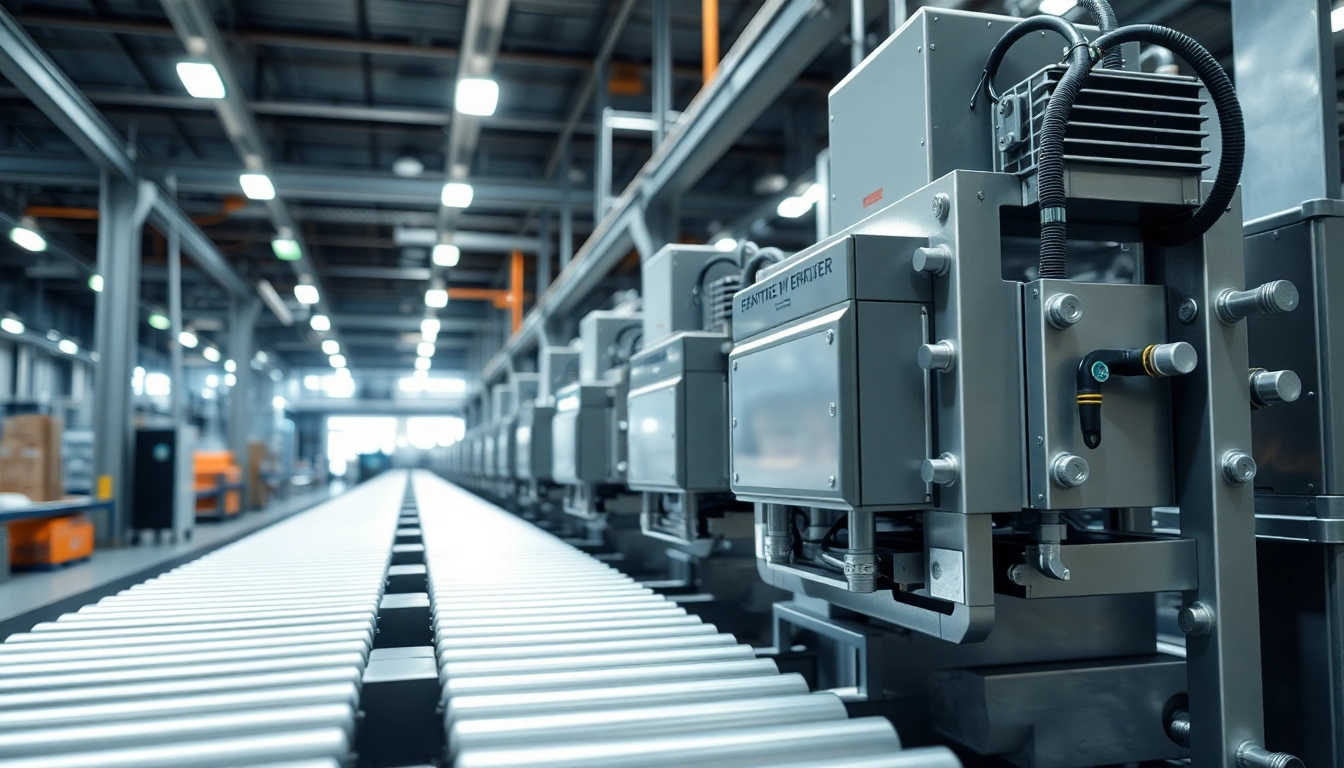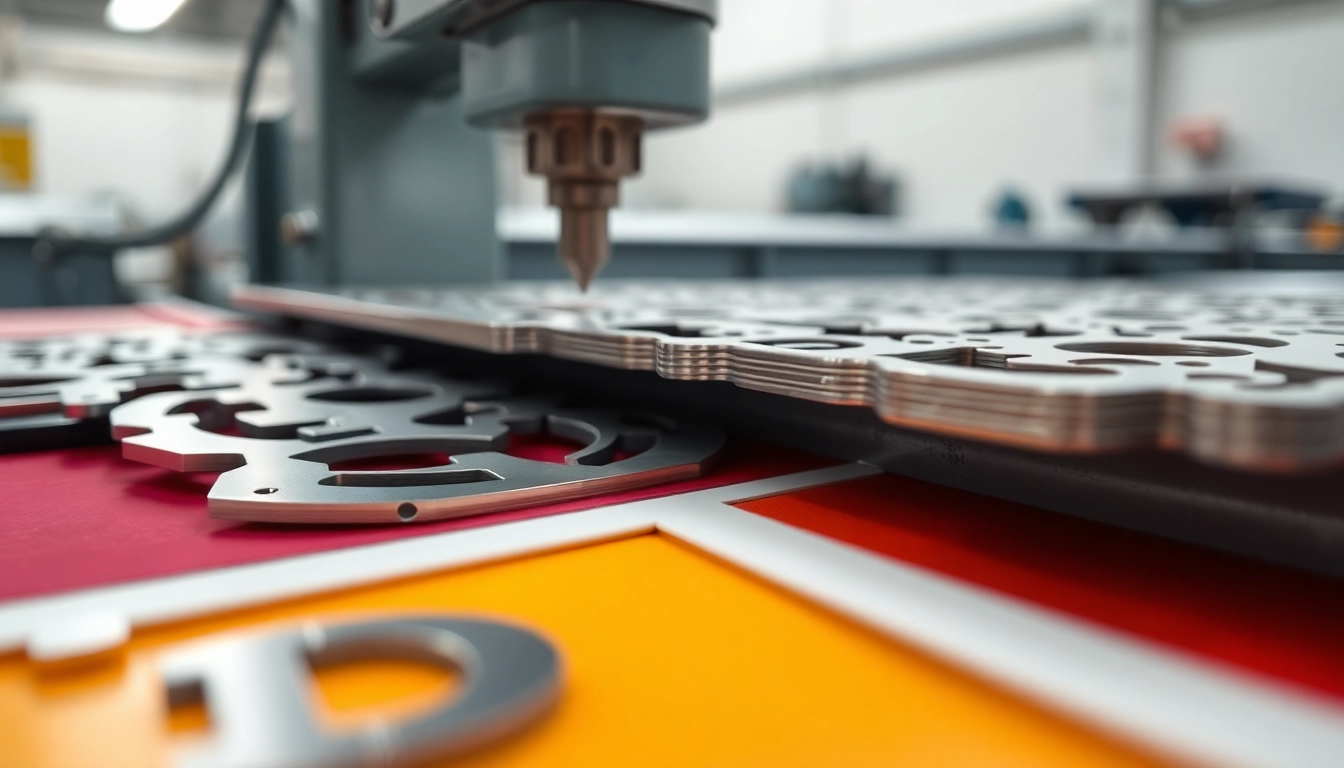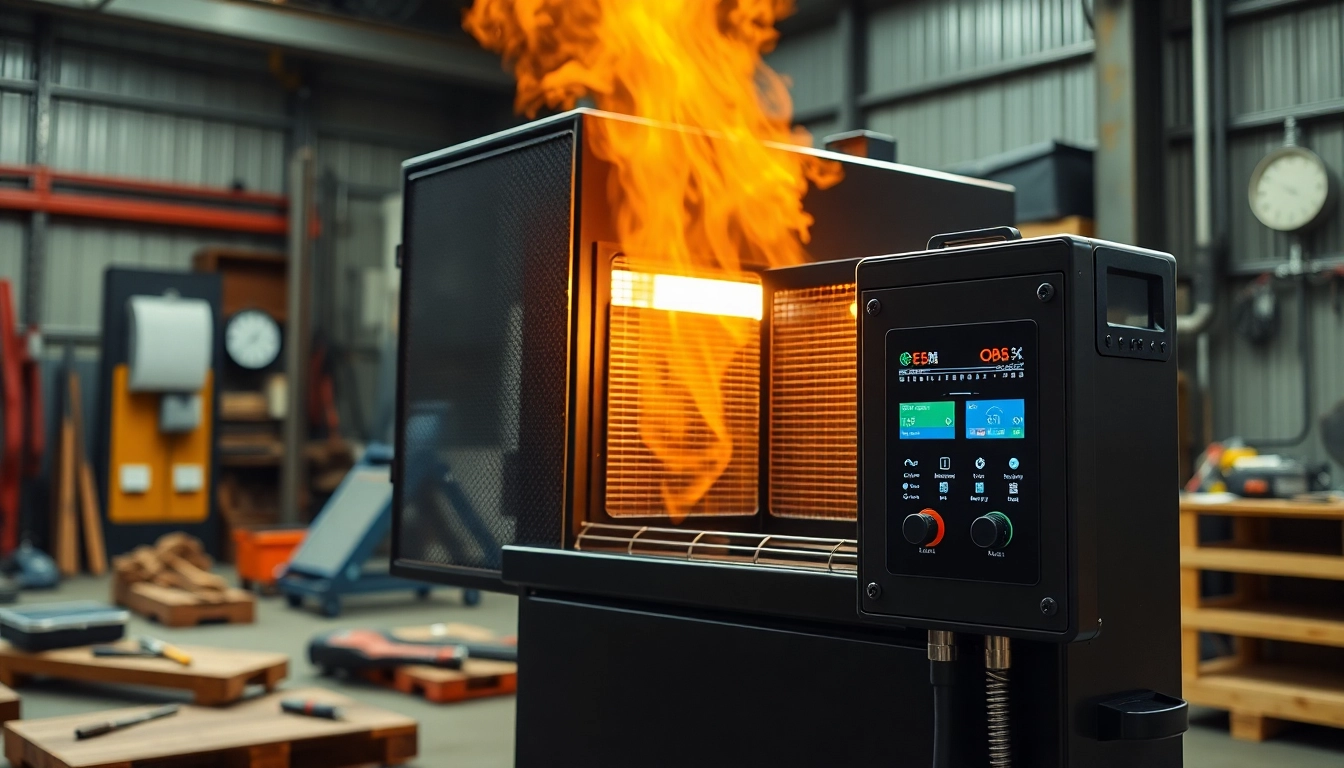Understanding Air Conveyors
Definition and Functionality
Air conveyors, also known as pneumatic conveyors, are systems that utilize air flow to transport materials from one location to another. This technology is particularly advantageous in manufacturing and distribution settings due to its ability to effectively and efficiently move various types of products. The fundamental workings of an air conveyor involve creating a flow of air that moves materials along a path, typically using a series of pipes or channels. Unlike traditional conveyor systems that rely on mechanical power, air conveyors harness the power of compressed air, which can lead to significant cost savings and operational benefits.
Types of Air Conveyors
Air conveyors can be categorized into several types based on their mechanism and the materials they handle:
- Pneumatic Conveyors: These systems move bulk solid materials in a continuous flow using air pressure. They are ideal for powders, granules, and small particles.
- Vacuum Conveyors: Designed to transport materials using a vacuum system, these conveyors can handle fragile items or materials that require gentle movement.
- Pressure Conveyors: These systems operate by creating a positive pressure environment to push materials through the pipeline, suited for denser materials.
- Air-Supported Conveyors: Utilizing a cushion of air, these conveyors minimize friction and allow for smoother and quieter operations.
Common Applications and Uses
Air conveyors are employed in a variety of industries including food and beverage, pharmaceuticals, packaging, and more. Common applications include:
- Transportation of empty or full containers, such as bottles or cans, in bottling lines.
- Moving powders in food production or chemical processing.
- Conveying delicate electronic components in manufacturing.
Benefits of Using Air Conveyors
Cost Efficiency
One of the most compelling reasons to choose an air conveyor system is cost efficiency. These systems typically require less electricity than traditional mechanical conveyors, as they rely on compressed air rather than electric motors. This reduction in energy consumption can lead to substantial operational cost savings over time, especially in large-scale applications.
Space and Energy Savings
Air conveyors also offer considerable space savings. They feature a compact design, which allows for efficient use of floor space in a facility. Furthermore, since air conveyors are often suspended or mounted overhead, they help maintain clear pathways for personnel and equipment, enhancing overall safety and productivity in the workspace. The energy savings associated with reduced electricity usage is accompanied by a smaller carbon footprint, promoting sustainability in operations.
Enhanced Material Handling
The gentle handling of materials is another notable benefit of air conveyor systems. Their ability to transport items without direct contact minimizes potential damage or contamination, which is particularly important in sensitive industries such as food and pharmaceuticals. This high level of care ensures product integrity from the point of processing to packaging.
Choosing the Right Air Conveyor for Your Needs
Assessing Material Characteristics
When selecting an air conveyor, it is crucial to assess the characteristics of the materials being transported. This includes evaluating their size, weight, shape, and fragility. Different air conveyor types and designs may be better suited for specific materials. For instance, powdery substances may require a pneumatic conveyor, while fragile items might be better suited for a vacuum conveyor.
Evaluating System Requirements
Operational requirements, such as the distance materials must travel and the required throughput, are key factors in determining the right air conveyor system. High-capacity systems may necessitate a more complex configuration with multiple air sources and controls, while smaller operations may effectively utilize simpler designs.
Integrating with Existing Infrastructure
Integration with existing systems is vital. It is essential to ensure that the new air conveyor can operate seamlessly alongside current equipment, whether that involves connection to pneumatic systems, compatibility with production lines, or synchronization with packaging machinery. Assessing existing workflows will help identify the best integration points and minimize disruptions during installation.
Installation and Maintenance Best Practices
Installation Guidelines for Success
Proper installation is critical to the successful operation of air conveyors. Key steps include:
- Planning the layout carefully to optimize airflow and minimize bends or restrictions in the piping.
- Using high-quality materials that ensure longevity and reliability under varying operating conditions.
- Collaborating with experienced technicians to align the system with performance specifications and safety standards.
Regular Maintenance Procedures
Routine maintenance ensures that air conveyors function efficiently and effectively over the long term. Maintenance procedures include:
- Regularly inspecting all components for wear and potential faults.
- Cleaning air filters and pipelines to prevent blockages.
- Testing air pressure levels and ensuring that controls are functioning properly.
Common Issues and Troubleshooting
While air conveyors are designed for durability, issues can arise. Common problems include air leaks, blockages, and inconsistent material flow. Troubleshooting may involve:
- Identifying and sealing leaks in the pneumatic system.
- Clearing blockages with appropriate tools or techniques.
- Adjusting airflow rates to optimize material transport.
The Future of Air Conveyors in Industry
Innovations in Air Conveyor Technology
Advancements in technology are paving the way for more efficient and versatile air conveyor systems. Innovations such as automated controls, smart sensors, and energy-efficient designs are enhancing performance and user adaptability. These features allow for more precise control over material movement and real-time monitoring of system status, leading to increased operational efficiencies.
Environmental Impact and Sustainability
The push towards sustainability is influencing the development of air conveyor systems. Manufacturers are focusing on reducing energy consumption and waste production, as well as utilizing recyclable materials in conveyor construction. By minimizing environmental impact, businesses can not only comply with regulations but also appeal to environmentally-conscious consumers.
Predictions for Industry Trends
Looking ahead, several trends are predicted to shape the future of air conveyors. These include:
- Increased adoption of automated and smart manufacturing processes.
- Growing demand for modular and scalable systems that can adapt to changing operational needs.
- A heightened emphasis on integrated solutions that combine air conveyors with other processing technologies.
In conclusion, air conveyor systems represent a versatile solution for material handling across a wide range of industries. By understanding their functionality, benefits, and best practices for selection, installation, and maintenance, businesses can maximize efficiency while maintaining a sustainable operational model. Engaging with experts in the field will provide further insights into tailoring solutions that meet specific business needs. If you’re exploring options, consider researching more through resources focused on air conveyors to find the best fit for your operations.



